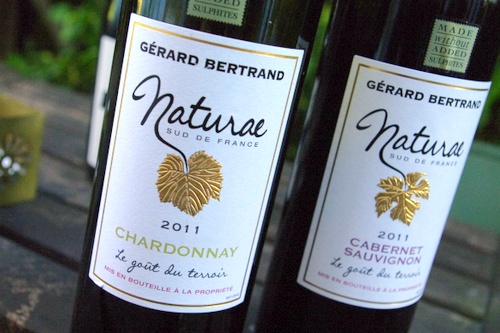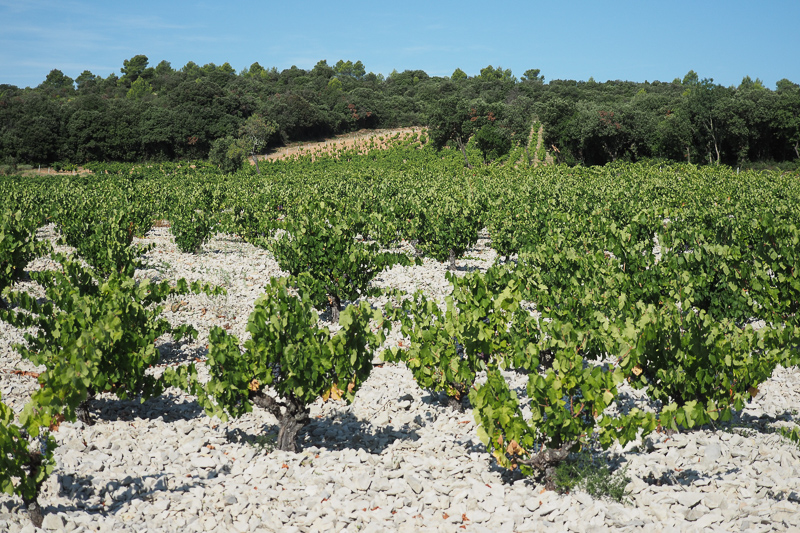Very interested to try this pair of wines made by Gerard Bertrand, and stocked by UK retailer Marks & Spencer. They’re not what you would associate with the natural wine movement (Bertrand is a conventional producer making some very smart commercial Languedoc wines), but they are both made without any added sulfur dioxide, or indeed additives of any kind.
I was impressed by them. The Cabernet Sauvignon was marginally more compelling than the Chardonnay: it’s made in a big, burly style, and has plenty of concentration and richness. Interestingly, I went back to both wines a day after opening, and they’d held up well. Indeed, the Cabernet was actually better on day 2 than on day 1: it was a little bit smoother and richer.
Gerard Bertrand Naturae Cabernet Sauvignon 2011 Pays D’Oc, France
No added sulfites. 15% alcohol. Rich, sweet, bold and vivid with a spicy, earthy edge to the ripe black fruits, as well as some grippy tannins. Drying and grippy, with real structure. A rich, bold style with ripe sweet fruit underpinned by drying structure, although on day 2 it tastes smoother. Nice density of fruit. 89/100 (£9.99 Marks & Spencer)
Gerard Bertrand Naturae Chardonnay 2011 Pays D’Oc, France
No added sulfites. 13.5% alcohol. Nutty, appley and warm with some pear notes. Attractive mealy edge to the fruit, which is rounded and has a pleasant almond character. Distinctive, drinkable and food friendly, and holds up well in the fridge overnight. 88/100 (£9.99 Marks & Spencer)


Considerably less expensive than most wines you’d associate with the “natural wine” movement too. I guess it was simply a matter of time before larger producers jumped on the bandwagon. Without a clearly defined and agreed agenda, I wonder how long that bandwagon will continue to roll with any momentum?
Damien uses the word bandwagon in connection with natural wines It may be a fair description to apply to the product range of large winemakers and major supermarket chains. However, the present interest in natural wine came about because of a small number of artisan producers. Disenchanted with questionable viticultural practices, these pioneers adopted a more natural approach, for philosophical as much as commercial reasons. Provided these small producers survive, natural wines will continue to be made. Whether British supermarkets continue to stock them is another matter.
Given the alcohol levels it is not surprising they held up a day later. My guess is they would be starting to show fairly significant deterioration after 3-4 days, but is that even a concern? Most wines are gone in hours! The problem for many of these new wave winemakers is they are not always from areas known for these high alcohols and have to rely only on natural acidity to protect the wines. This is generally why they do not show well in larger scale tastings where they have a bit of bottle age and stand around opened at an exhibition for a whole day. I didn’t here a lot of Burgundy growers moving down this line. They are certainly all talking bio-dynamic but I cannot see this being the next development.
I just had the Cabernet and I had the same experience- I liked it better on the second day and even the third.
I’ve had both and marginally prefer the white, even four days later when it still tasted good! I’d lost my wine head for a while but knowing they are still going to be good, possibly better, the next day has transformed my week… Not sure what it is about them, but without the sulphites they taste so ‘clean’.